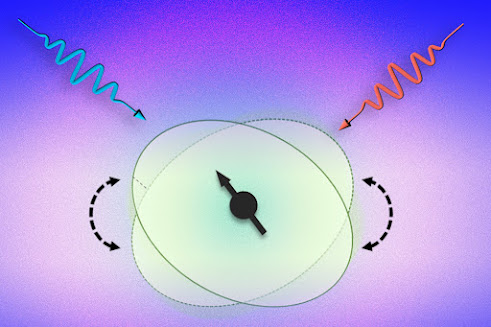Society’s growing demand for high-voltage electrical technologies – including pulsed power systems, cars and electrified aircraft, and renewable energy applications – requires a new generation of capacitors that store and deliver large amounts of energy under intense thermal and electrical conditions. Researchers at the Department of Energy’s Lawrence Berkeley National Laboratory (Berkeley Lab) and Scripps Research have now developed a new polymer-based device that efficiently handles record amounts of energy while withstanding extreme temperatures and electric fields. The device is composed of materials synthesized via a next-generation version of the chemical reaction for which three scientists won the 2022 Nobel Prize in Chemistry.
Polymer film capacitors are electrical components that store and release energy within an electric field using a thin plastic layer as the insulating layer. They make up 50% of the global high voltage capacitor market and offer advantages including light weight, low cost, mechanical flexibility, and robust cyclability. But state-of-the-art polymer film capacitors decrease dramatically in performance with increasing temperature and voltages. Developing new materials with improved tolerance for heat and electric fields is paramount; and creating polymers with near-perfect chemistry offers a way to do so.

.jpg)

.jpg)


.jpg)



.jpg)





.jpg)
